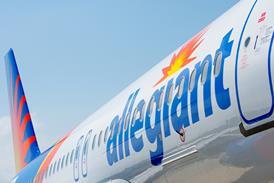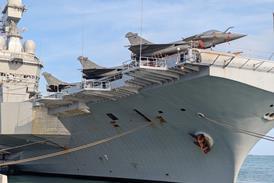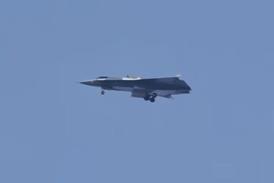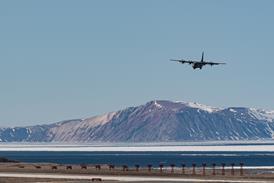Air France-KLM is increasing the pressure on industry to prioritise developing a "game-changing" successor to the Airbus A320 and Boeing 737, in particular one addressing the higher end of the seat range.
Airbus and Boeing are talking down any early development of an all-new narrowbody, and the consensus is that the earliest a successor will reach the market is late in the next decade.
But Air France chief executive Jean-Cyril Spinetta is urging manufacturers to "face reality" and accelerate plans "to meet the environmental needs of our passengers and our need to reduce costs", given the increase in oil prices.
"Things are moving very quickly and dramatically. All of us have to work on a sustainable basis with oil at $100 per barrel or maybe $130 per barrel," says Spinetta. At current oil prices, he says manufacturers should not wait until a 20% fuel-efficiency improvement is technologically feasible because even a 15% improvement would bring significant relief.
Air France operates around 150 Airbus narrowbodies and fellow group carrier KLM has 50 737s. But the larger seat segment is where Air France senior vice-president for new aircraft and corporate planning Pierre Vellay sees a most pressing requirement for the airline, and where he wants to see the manufacturers develop a larger, possibly twin-aisle, solution.
"The priority is around the replacing the A320/A321s," he says. "Our plan is to move the requirement from 120-200 seats to 150-240 seats and to get the right model covering this family. It's more about the costs. We have no specific needs about range. We are not pushing for extra performance."
He adds: "We would like to get the schedule given by the engine and airframe manufacturers by the end of the year," noting that knowing the timetable will then enable it to address its interim fleet requirements.
Anita Polt, regional director in Boeing Commercial Airplanes' product marketing department, says that the airframer recently decided "that we need more time to study the emerging technology to come up with an airplane that is compelling enough to replace today's single-aisle aircraft", and that it will not come to market until at least "the latter part of the next decade".
She adds that to achieve the targeted step over today's narrowbodies requires breakthrough technologies in every area, "propulsion technology, aerodynamics, systems, and materials".
Source: Flight International























